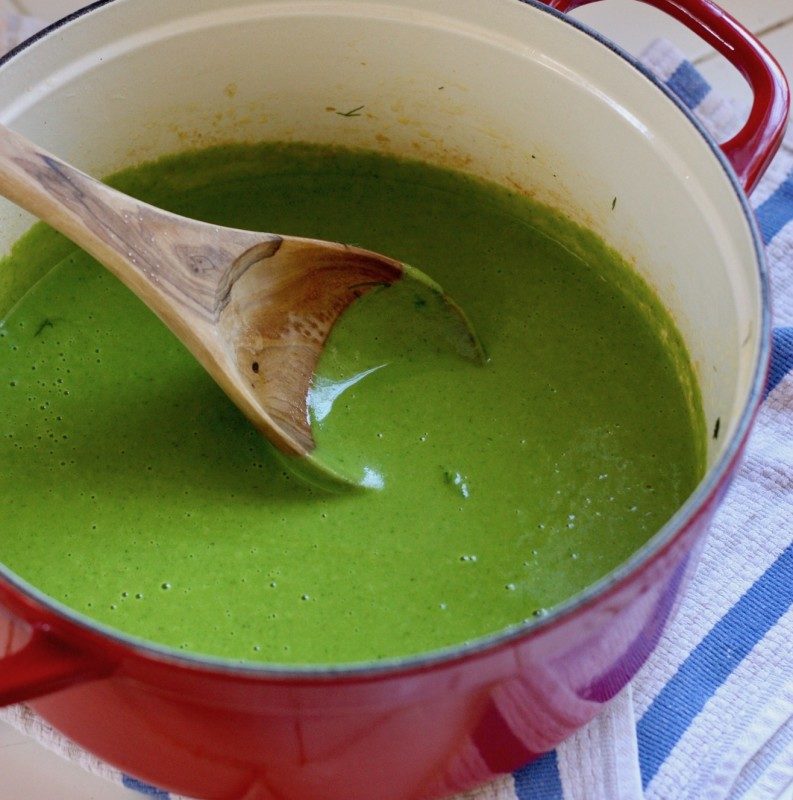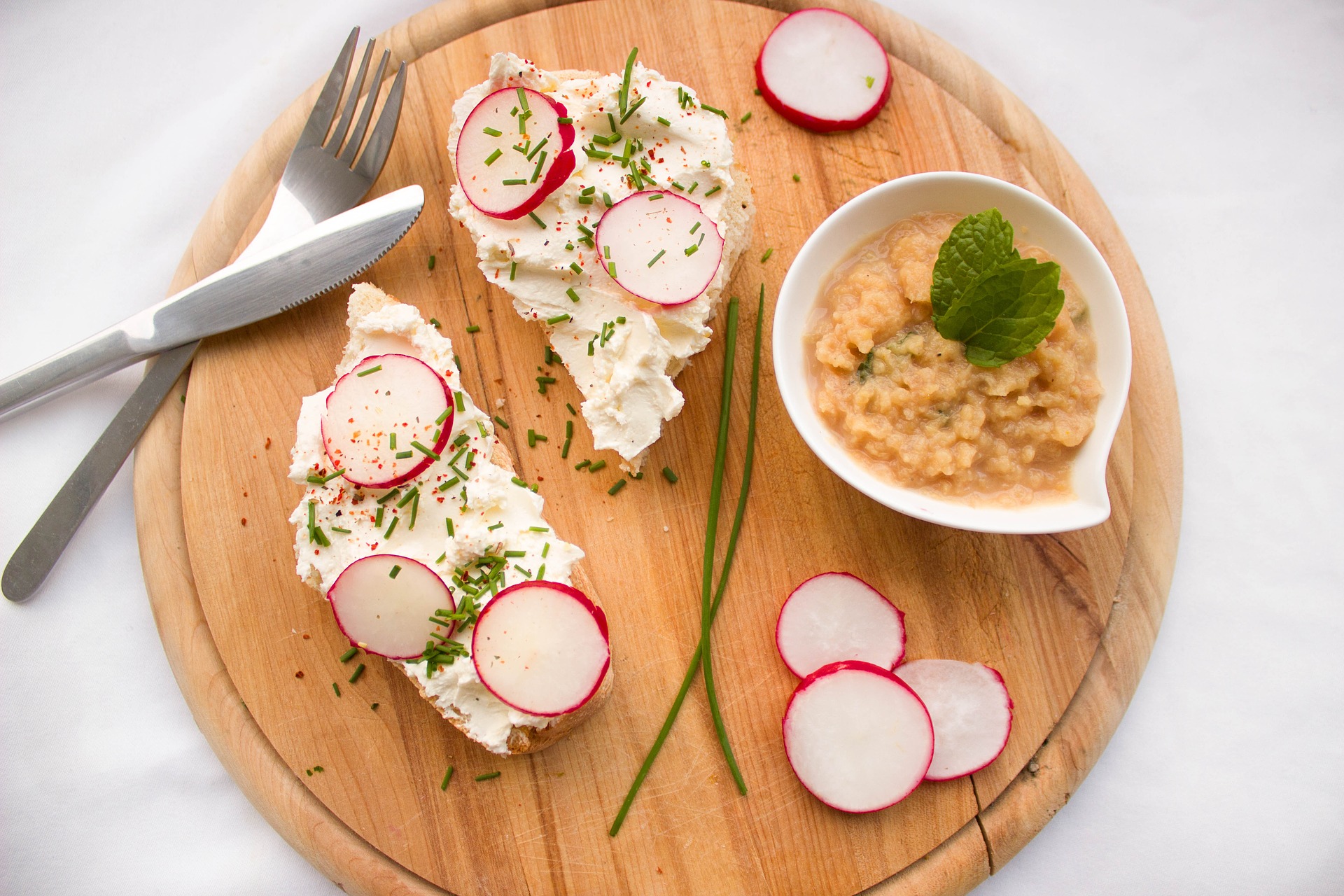A Week At Our Table

Do you sometimes forget what each item is in your CSA share or lack inspiration to put together a meal with your produce? CSA volunteers are a great resource!
Ask volunteers about unfamiliar produce or recipe ideas as you pick up your share. We love to teach members about different produce and can send you home with easy weekday meal ideas and maybe a few ambitious projects if you’re interested! Plus talking with members about recipes and preparation techniques helps us learn too.
We’ve pick up so many great tips from our members and are happy to pass those on. Paula Redinger talked with our Wednesday volunteer crew last week to share some of our thoughts with you!
“I eat greens with everything.” Ask a CSA volunteer what he or she will do with a winter share, and it’s almost guaranteed you’ll receive an answer like I did when polling volunteers for this edition of “A Week at Our Table.” Whether tossed on pizzas or tacos; included in soups, beans, quiches, frittatas, pasta dishes, or noodle bowls; melted down to saag; blended into pestos; served as a bed for meat dishes or fried eggs; stir-fried, pickled, or otherwise prepared; greens can have a place in any meal.
You need remember only one rule: assertive greens, whether in taste or texture, can – perhaps should – be treated with more assertive cooking methods and/or seasonings than delicate greens. Tokyo Bekana is so mild it could even stand in for Romaine lettuce, whereas mustard greens do well with stronger flavors, longer cooking times, or even fermenting/pickling. Make them spicy with chiles; zingy with lemon, wine, or vinegar; rich using meats, fats, eggs, or coconut milk; or full of umami, with a daring dose of the oil from that jar of anchovies in the fridge door. All these types of treatments balance our stronger tasting greens beautifully.

If greens can be eaten in anything, as anything, radishes can certainly be eaten with anything! CSA volunteers use them to provide a cool, crunchy counterpoint alongside soups, sandwiches, and dips, as well as a perfect garnish for posole, tacos, and beans. They can be roasted like other root vegetables, and one CSA volunteer heard a member describe roasting them quartered, with their greens still attached, and dressing the result with a tahini sauce or green goddess dressing, which must have made for a lovely presentation.
The challenge with radishes is not so much what to do with them, but remembering what to do with them. Turnips can be used similarly, but volunteers also hope to pickle them (with juniper and citrus!), or add them to stews, whether it be a basic beef version, or maafé, a West African peanut stew. In either case, know that the Hakurei variety cook quickly, so add them later in the cooking process.
With three viruses circulating these days, many of our volunteers look forward to the extra dose of Vitamin C that our citrus fruits provide. Lemon in hot tea or water will be a favorite in the upcoming weeks, but this austere preparation can be fancied up by infusing lemons or other citrus in honey and ginger first. If you’re tired of tea, you can also use that enhanced honey in a hot toddy!
If you think volunteers are immune to the challenges that CSA shares can sometimes bring, you’re wrong! Some professed resolutions: 2023 is the year that one makes friends with kale, or another gets better about using the entire share each week.
If you can’t manage to get through all your greens this week, pull out that squash you froze a month or two ago, and make a healthy post-holiday coconut curry squash soup. Wilt the extra greens and freeze them, to be enjoyed that day when you just don’t know what to do with another zucchini!